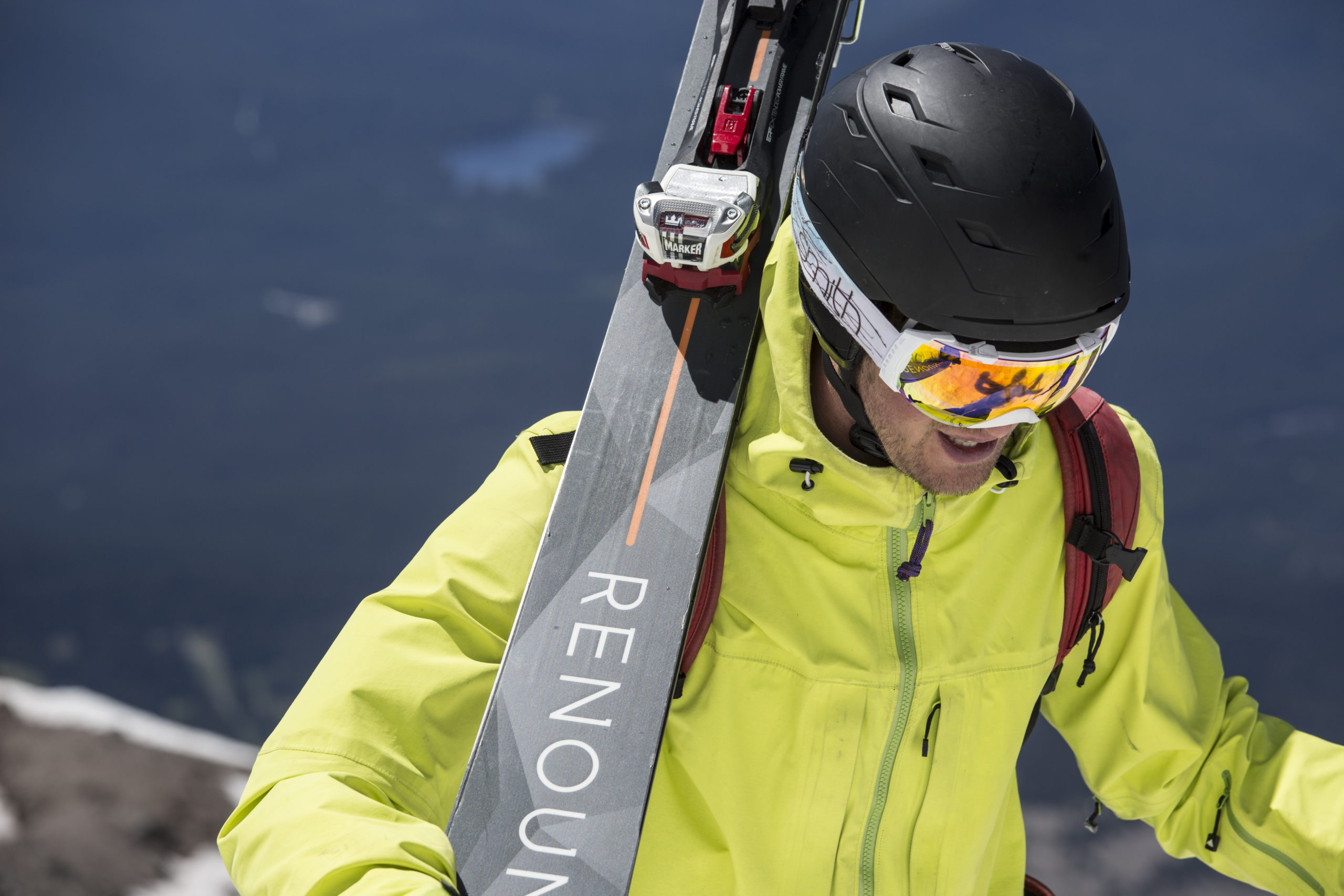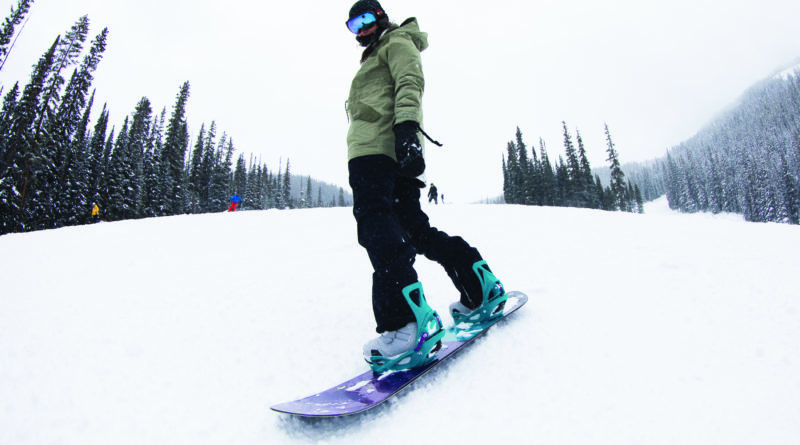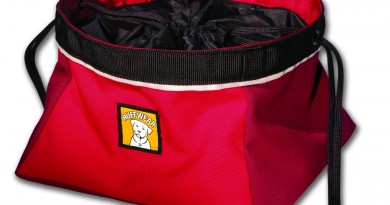10 Game-Changing Companies from VT
If you look back at a timeline of when some of the most innovative outdoor companies started in Vermont, it’s easy to see why Vermont Sports was launched in 1990. The 1980s saw a wave of new outdoor gear companies and over the next decade they took off. In the span of five years, Jog-Bra was launched in Burlington, Jake Burton Carpenter founded Burton in Londonderry, Concept2 set up shop in Morrisville, building oars and then launching rowing ergs.
Most of these innovations were born not from a business plan but out of an athlete’s need for a better tool for the sport. Rowers Dick Dreissigacker, his brother Peter and wife Judy Geer wanted to be able to train year-round, Stowe skier Millie Merrill developed a fleece neckwarmer to keep her warm while skiing. Bennington snowshoe racer Bob Dion wanted an adjustable, lightweight snowshoe. Corinne Prevot, a Burke Mountain Academy ski racer, was looking for a hat that would be both warm and wicking.
Other brands and innovations have come and gone but the following companies have stuck around, making gear that’s more in demand than ever.
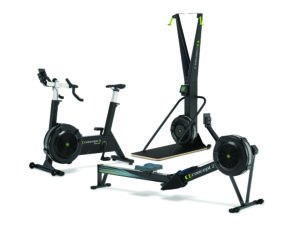 1976 – Concept2: LEADERS IN FITNESS
1976 – Concept2: LEADERS IN FITNESS
Olympic rower Dick Dreissigacker and his brother Peter were already building composite oars in their Concept2 barn in the late 1970s,when the two engineers began to look for a way to train through the winter. As the story goes, Peter nailed an old bike to the barn floor and attached pulls to the free end of the chain. The crude device led to the creation of the Concept2 Model A Indoor rower or erg and, in 1982, the first indoor rowing competition was held in Boston.
Judy Geer, an Olympic rower who joined the company in 1983 married Dick and has served as the company’s marketing director. Since 2018 (and through 2024) Concept2 has sponsored the World Indoor Rowing Championships and there is hardly a gym that doesn’t carry its ergs, the best-sellling rowing machines in the world. Along with the rowing machine, the company now has Ski Ergs and a Bike Erg, as well as software that allows users to compete with others around the world. As Covid-19 has closed many gyms, the demand for these machines, still primarily manufactured in Vermont, has skyrocketed.
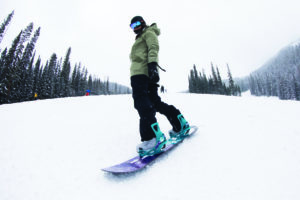 1977 – Burton: INNOVATING BY DESIGN
1977 – Burton: INNOVATING BY DESIGN
Perhaps the most innovative thing that Jake Burton Carpenter did wasn’t to build and market snowboards (he never claimed to have invented the product) but to build a lifestyle brand around this emerging sport and a brand that has made continual innovation one of its operating values. For many years, the only constant at the company was that boards and gear would change with each season, many emanating from the R&D facility at the company’s Burlington headquarters. “If you told Jake he couldn’t do something, he’d go do it,” Donna Carpenter has said repeatedly. Using feedback from their pro riders, Burton has constantly changed the game, developing new shapes, new mounting systems, new materials (ever more eco-friendly). One of the biggest recent innovations, the Step-On binding, (launched in 2017) was a challenge Jake gave to engineers to make snowboarding a sport where you didn’t have to sit in the snow to strap in.
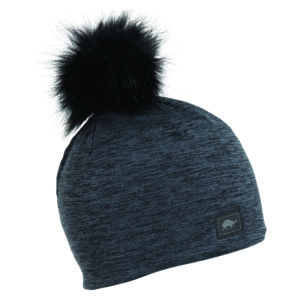 1982 – Turtle Fur: FLEECE FOR ALL
1982 – Turtle Fur: FLEECE FOR ALL
Back in the day, if you were riding a chairlift the two ways to keep your neck and chin warm were to tuck a long scarf in or pull a turtleneck up. Millie Merrill, a Stowe skier who owned the Yellow Turtle children’s shop in town at the time, noticed a kid at a ski race who had a homemade fleece neck gaiter. She started making them in the basement of her store and calling them “Turtle Fur” neckwarmers. Next came hats, and headbands and balaclavas. Today, there are knit pom-pom hats lined with fleece and fleece shirts and shells for adults and kids in colors that range from camo to rainbow. Millie and her husband John retired from Turtle Fur in 2000 but the company is still running strong in Morrisville. Its latest innovation: a line of face masks designed for outdoor use made with Polypropelene, Spandex and Nylon as well as a line of Cotton Casual face masks that come with a pocket for single-use disposable carbon filters.
1990 – Inntopia ONLINE RESERVATIONS
You may not know it but if you have made a reservation for a lift ticket, ski school or hotel at any Vail Resort, or even attended the 2020 Sturges Motorcycle Rally, you used Inntopia’s software. In the early 1990s in a small second-floor office in Stowe, snowboarder Trevor Crist and a few friends started creating software to help book and market small inns. At the time, Vermont was riddled with mom-and-pop B&Bs and the internet and digital marketing were new. Crist’s company, OnlineReservations.com handled booking for inns and more.
After being bought once during the dot.com boom, Crist bought the company back in 2001, named it Inntopia and set his sights on ski resorts. In 2004, Crested Butte and Breckenridge signed on to use Inntopia’s new central reservation software. In 2016, Inntopia acquired two strategic partners, DestiMetrics and Ryan Solutions. In 2018, they signed on Vail Resorts. In March, 2020 as Covid-19 spread, Inntopia partnered with Jon Schaefer, GM of Berkshire East and Catamount ski areas, to launch a tracking and distribution system for Goggles for Docs. As of late October, more than 50,000 goggles had been donated.
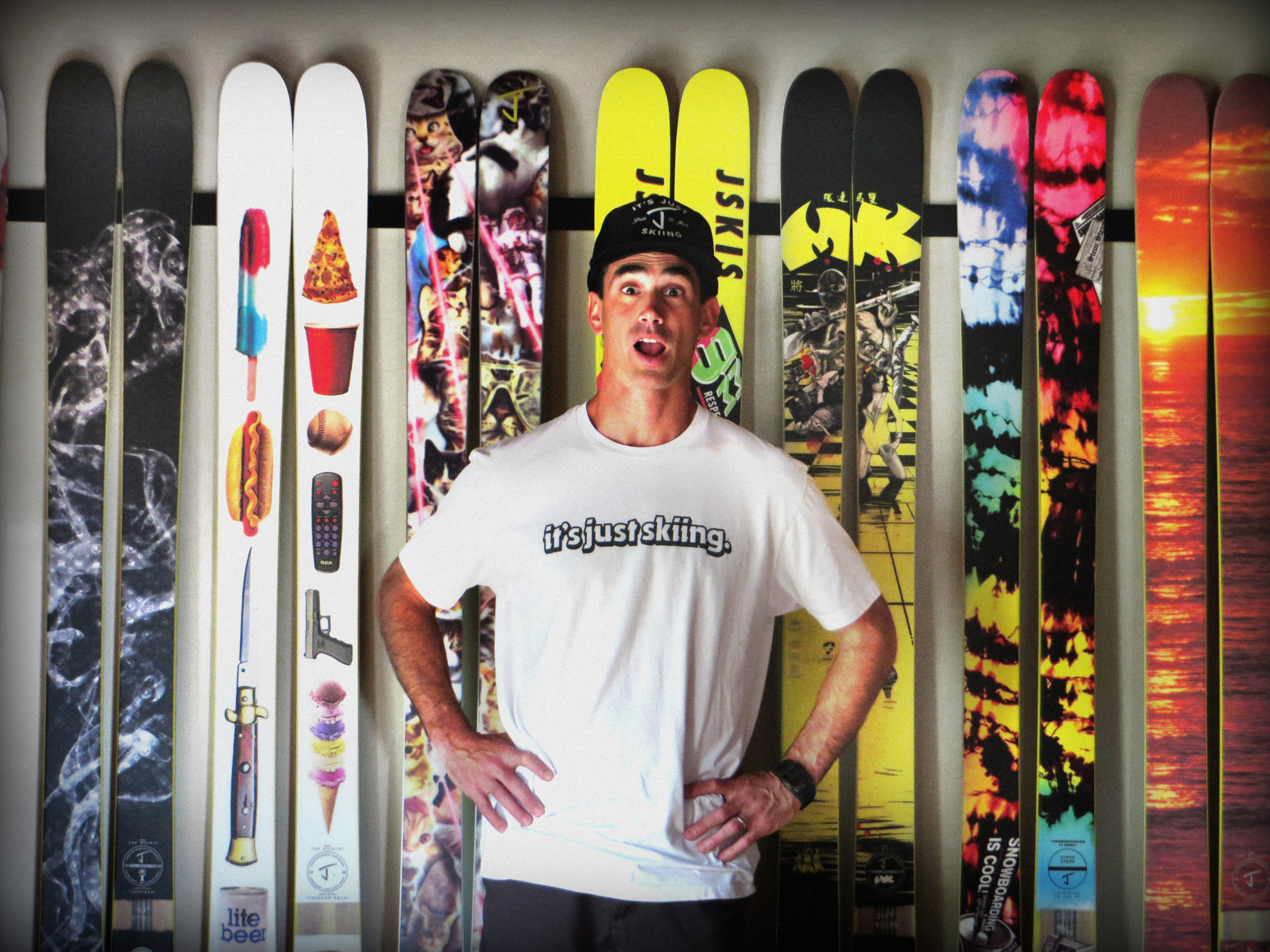 1995- Jason Levinthal: LINE>FULL TILT>J SKIS
1995- Jason Levinthal: LINE>FULL TILT>J SKIS
At 21, Jason Levinthal designed his first pair of skis and started building them in his parents’ garage in Albany, N.Y. “I looked at all the fun that snowboarders were having and wondered why skiers couldn’t do the same and why everyone was making, essentially, the same boring skis,” he said in an interview last year. He started making short, wider twin-tip skis that could do some of the same park tricks snowboards could do, under the name Line. As soon as skiers started showing up with Line skis in parks, they began to be taken seriously. In 1998, ski slopestyle became an event at the X Games and Levinthal took bronze. Line took off. It was acquired in 2006 and Levinthal moved onto his next venture, Full Tilt Boots—designed to be used by park skiers—and then to his current company, J Skis, based in Burlington. Once again, Levinthal is innovating. J Skis only makes limited edition models with some of the most creative graphics in the business and sells them directly to the consumers. New this year, touring skis made in colllab with Giray Dadali (aka Ahmet’s Brother).
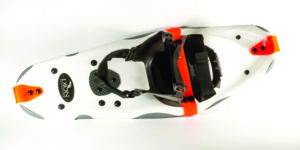 2000 – Dion: THE MODULAR SNOWSHOES
2000 – Dion: THE MODULAR SNOWSHOES
What happens when a mechanical engineer becomes an inveterate ultra runner and then a snowshoer? Bob Dion, 65, has been running ultra trail races since the 1980s, regularly logging 50ks, 50-milers and 100 milers year after year. To train in winter near his home in Readsboro in Southern Vermont, Dion started snowshoeing. Pretty soon, he was racking up medals at the National Championships (including two gold, two silver and a bronze) and organizing his own series of snowshoe races in Vermont. But in the early 2000s, Dion became frustrated with the snowshoes he found on the market and decided to make his own. He quickly realized there was a market for modular snowshoes that could fit a variety of feet, body weights, terrain and uses. He made frames from lightweight aircraft-grade aluminum (his lightest racing frames weigh 1 lb. 4 oz.) and then offered a variety of interchangeable bindings and cleats designed to hold in different conditions–ranging from ice to deep, dry powder. Most of Dion’s snowshoes are still made in Vermont, hand-sewn in his shop near Bennington where his wife Denise, herself a top snowshoe racer with national medals to her name, works alongside him.
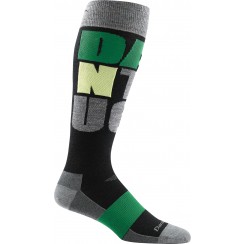 2004 – Darn Tough: GUARANTEED Socks
2004 – Darn Tough: GUARANTEED Socks
Cabot Hosiery launched its mill in Northfield in 1978, building on the region’s history as a sheep farming and milling town. For years, it made private-label socks for some of the largest retail brands in the country. As companies such as The Gap began to buy socks manufactured offshore, Cabot saw its numbers drop. But in 2004 Ric Cabot, son of the founder, Marc Cabot, had an idea for a sock brand of his own. Ric was an avid snowboarder, hiker and outdoorsman. The sock he wanted to create would be so durable, so comfortable and fit so well it would have a lifetime guarantee. It would be made in Northfield, knit using small needles from fine-gauge premium Merino wool and would be “Vermont tough,” he said at the time. So Darn Tough, the unofficial sock of Vermont hikers, runners, skiers, and snowboarders was born.
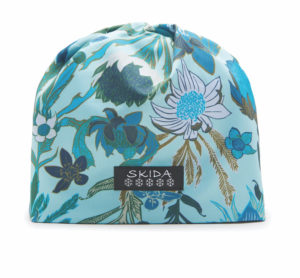 2008 – Skida: THE ATHLETE’S HEADWEAR
2008 – Skida: THE ATHLETE’S HEADWEAR
When you see a Skida hat you know it: it’s stretchy, usually made of brightly colored fabric and the person wearing it, more often than not, is an athlete. Corinne Prevot was a ski racer at Burke Mountain Academy when she began looking around for a hat that would be both warm and wick and that she could tuck into a pocket while Nordic skiing. She couldn’t find it. So in 2008, at age 16, she got some fabric and sewed her own. Her friends, fellow ski racers, loved it and pretty soon you could tell a Burkie by their colorful hats.
Prevot continued making Skida hats while at Middlebury College and, after graduation moved to Burlington. The company grew, using local Vermont seamstresses and in 2018 Prevot was named to Forbes Magazine’s 30 under 30 list of “best young makers and industrial innovators.” Prevot, a strong mountain biker (she was featured on the cover of the last issue) as well as skier, also mountain biked in the highlands of Nepal to meet some of the shepherds providing the cashmere that goes into her new line of hats. She shared that story with Vermont Sports in 2018.
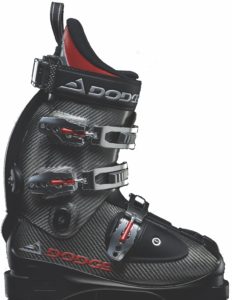 2008 – Dodge Boots: THE END OF PLASTICS
2008 – Dodge Boots: THE END OF PLASTICS
“The End of Plastic Ski Boots?” was the title of a story that Vermonter Kirk Kirdashian wrote for SKI Magazine in 2010. The story was about an emerging ski boot company founded by mechanical engineer and ski boot veteran David Dodge.
Dodge had spent years working for Rossignol, Burton and Lange before going off on this own to perfect his dream; a lightweight, stiff carbon fiber boot that wouldn’t soften up in warm weather or be too cold, and could be fit to any skier’s feet.
With partner and former ski racer Dave Doble, he opened Dodge Boots in 2009, selling only direct to customers. The carbon fiber boot is innovative on its own (weighing in at 1700 grams—the standard boot weighs, Dodge claims, 2500) and so was their fit system. Using a phone app, customers can scan their feet and send measurements and photos to the Essex Junction company. Each boot has a 30-day fit guarantee.
2011 – Renoun Skis: NEW MATERIALS
Cyrus Schenk was an intern at GE when he designed his first ski press. An engineering student at Clarkson University and like a lot of kids, had a dream of building his own skis. The difference? Schenk began to look into new materials and settled on the non-Newtonian polymer Hyper Damping Technology or HDT. HDT, Schenk explained, stiffens on impact, but can flex when gently pressured allowing for a light stiff ski that reduces chatter on hard snow.
In 2015 at ISPO, the largest ski trade show in Europe, Renoun won the ISPO gold award. Based in Burlington, the company makes its skis in Canada. Recently, Schenk rebranded his polymer formula as VibeStop and is marketing it for use in other industries. In the meantime, the Renoun line has grown to encompass five skis, with waists from 80 to 106 and an all-mountain woman’s ski, the Earhart.
The latest innovation? In 2020, Renoun pledged to become the first ski company to offset its entire carbon footprint and go carbon neutral and is offering an “upcycling” program where you can recycle old skis and get a $100 credit on new ones.
